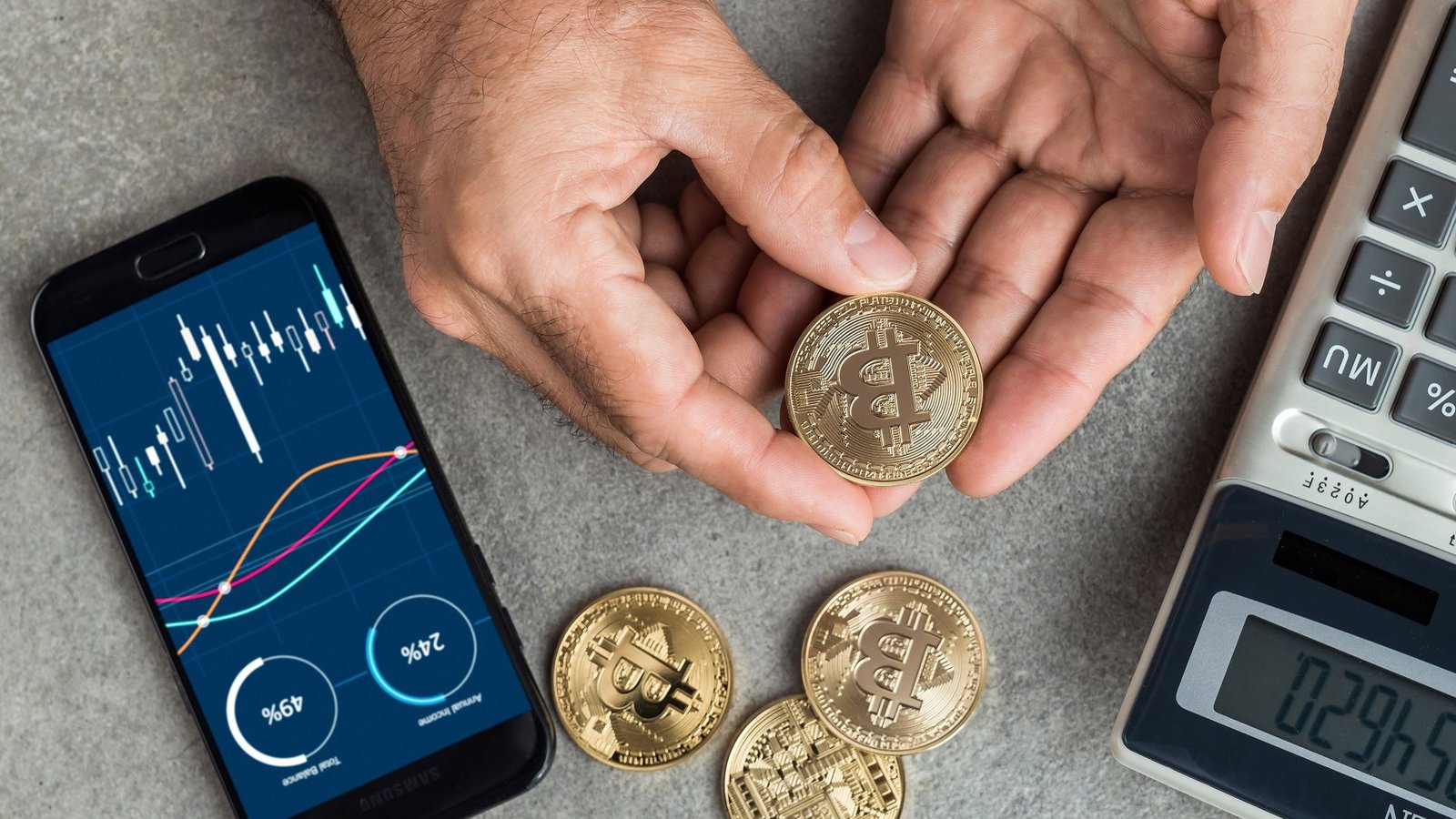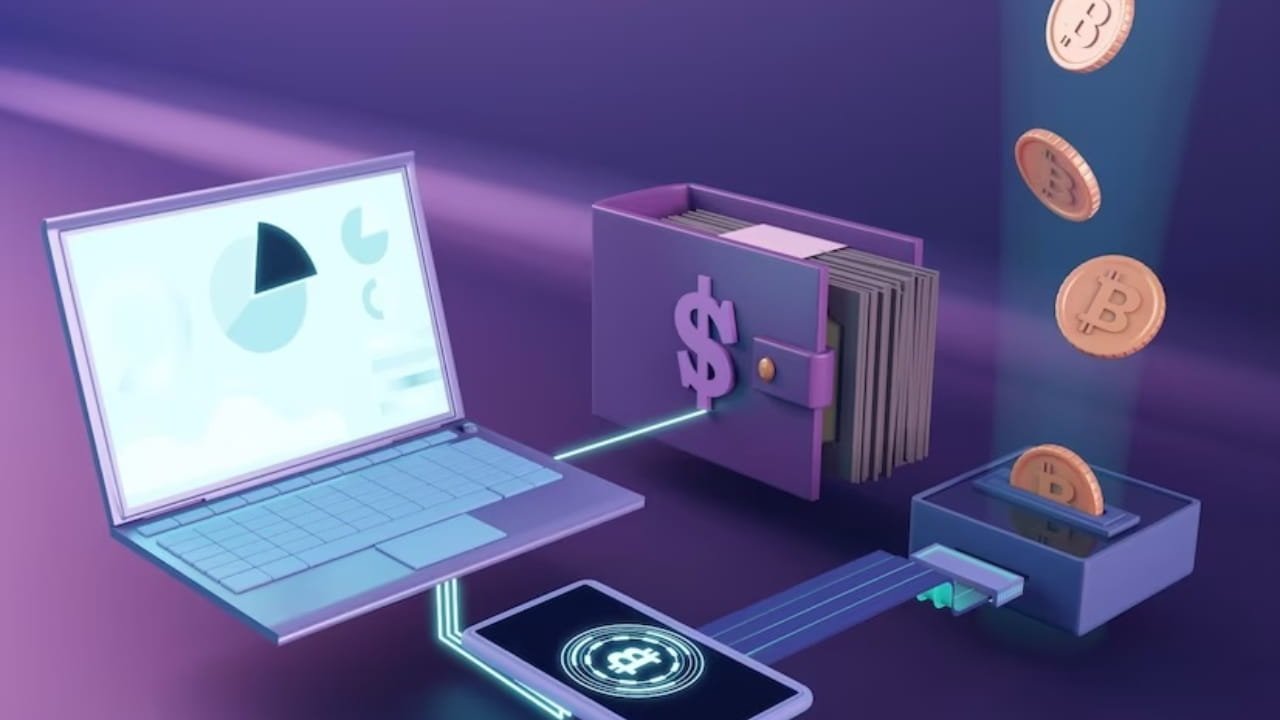Learning how to buy bitcoin with a credit card safely has become a priority for millions of investors worldwide. With cryptocurrency adoption soaring in 2025, more people are seeking convenient ways to purchase Bitcoin using their existing credit cards. However, buying Bitcoin with a credit card requires careful consideration of security measures, platform selection, and fee structures to ensure your financial safety.
The process of purchasing Bitcoin with a credit card can seem daunting for newcomers, but with the right knowledge and precautions, it’s both safe and straightforward. This comprehensive guide will walk you through every step of the process, from choosing reputable exchanges to implementing security best practices that protect your investment and personal information.
Understanding Bitcoin Credit Card Purchases
When you buy Bitcoin with a credit card, you’re essentially using your card’s purchasing power to acquire digital currency. This transaction involves several parties: your credit card company, the cryptocurrency exchange, and payment processors. Understanding this ecosystem is crucial for making informed decisions about where and how to purchase Bitcoin safely.
Credit card purchases offer immediate access to Bitcoin, unlike bank transfers, which can take several days to process. However, this convenience often comes with higher fees and additional verification requirements. Most reputable exchanges implement robust security measures specifically for credit card transactions, including identity verification and fraud detection systems.
How to Buy Bitcoin with a Credit Card Safely: Step-by-Step Process
Choose a Reputable Cryptocurrency Exchange
Selecting a trustworthy platform is the foundation of safe Bitcoin purchasing. Look for exchanges with strong regulatory compliance, positive user reviews, and transparent fee structures. Leading platforms like Coinbase, Binance, and Kraken have established track records of secure credit card processing.

Research each platform’s security features, including two-factor authentication, cold storage practices, and insurance coverage. Verify that the exchange operates legally in your jurisdiction and maintains proper licensing from financial regulators.
Complete Identity Verification
Most legitimate exchanges require Know Your Customer (KYC) verification before allowing credit card purchases. This process typically involves uploading government-issued identification and proof of address. While this step may seem inconvenient, it’s a security feature that protects both you and the exchange from fraud.
The verification process usually takes 24-48 hours, but can extend longer during high-demand periods. Plan accordingly and complete this step before you need to make urgent purchases.
Add Your Credit Card Securely
When adding your credit card information, ensure you’re on a secure, encrypted connection (look for the padlock icon in your browser). Use cards issued by major financial institutions that offer fraud protection and chargeback rights.
Avoid using debit cards linked directly to your bank account, as they typically offer less protection against fraudulent transactions compared to credit cards.
Security Best Practices for Credit Card Bitcoin Purchases
Enable Two-Factor Authentication
Two-factor authentication (2FA) adds an essential security layer to your account. Use authenticator apps like Google Authenticator or Authy rather than SMS-based 2FA, which can be vulnerable to SIM swapping attacks.
Monitor Your Credit Card Statements
Regularly review your credit card statements for any unauthorized transactions. Set up account alerts to notify you immediately of any charges to your card. This vigilance helps you catch and report fraudulent activity quickly.
Use Secure Networks Only
Never purchase Bitcoin using public Wi-Fi networks. These connections are often unsecured and can expose your sensitive financial information to cybercriminals. Always use a trusted, private internet connection or a VPN service for additional security.
Understanding Fees and Costs
Credit card Bitcoin purchases typically incur several types of fees. Exchange fees usually range from 1.5% to 3.99% of the transaction amount. Your credit card company may also charge cash advance fees, treating cryptocurrency purchases as cash equivalents rather than regular purchases.
Some credit cards offer better terms for cryptocurrency purchases, so check with your card issuer about their specific policies. Consider the total cost of fees when determining your purchase amount and timing.
Common Mistakes to Avoid
Many newcomers fall into predictable traps when buying Bitcoin with credit cards. Avoid using unfamiliar or unregulated exchanges, regardless of attractive fee structures. Never share your private keys or exchange passwords with anyone, and be wary of social media promotions promising guaranteed returns.
Don’t invest more than you can afford to lose, and avoid making emotional decisions during market volatility. Remember that Bitcoin prices can fluctuate significantly, and what goes up can also come down.
Alternative Payment Methods to Consider
While credit cards offer convenience, consider other payment methods that might offer better value. Bank transfers typically have lower fees but take longer to process. PayPal and other digital payment services offer middle-ground options with moderate fees and faster processing times.

Some exchanges offer better rates for bank transfers or ACH payments, especially for larger purchases. Evaluate your priorities regarding speed, cost, and convenience when choosing your payment method.
Storing Your Bitcoin Safely After Purchase
Once you’ve successfully purchased Bitcoin, proper storage becomes crucial. Most exchanges offer built-in wallets, but these are typically less secure than dedicated hardware or software wallets. For significant amounts, consider transferring your Bitcoin to a hardware wallet like Ledger or Trezor.
Software wallets offer a balance between security and accessibility for smaller amounts. Always backup your wallet’s recovery phrase and store it in a secure location separate from your device.
Outbound Link Suggestion: Link to Coinbase’s security practices page or another major exchange’s security documentation.
Internal Link Anchor Text Ideas: “best cryptocurrency wallets for beginners” or “Bitcoin storage security guide”
Conclusion
Learning how to buy bitcoin with a credit card safely requires attention to security details, platform selection, and cost considerations. By following the steps outlined in this guide, you can confidently purchase Bitcoin while protecting your financial information and investment.
Remember to start with small amounts while you become familiar with the process, always use reputable exchanges, and never invest more than you can afford to lose. As you gain experience, you’ll develop the confidence to make larger purchases and explore advanced trading strategies.Ready to start your Bitcoin journey? Choose a reputable exchange today and begin your first safe credit card Bitcoin purchase following these proven security practices.


















